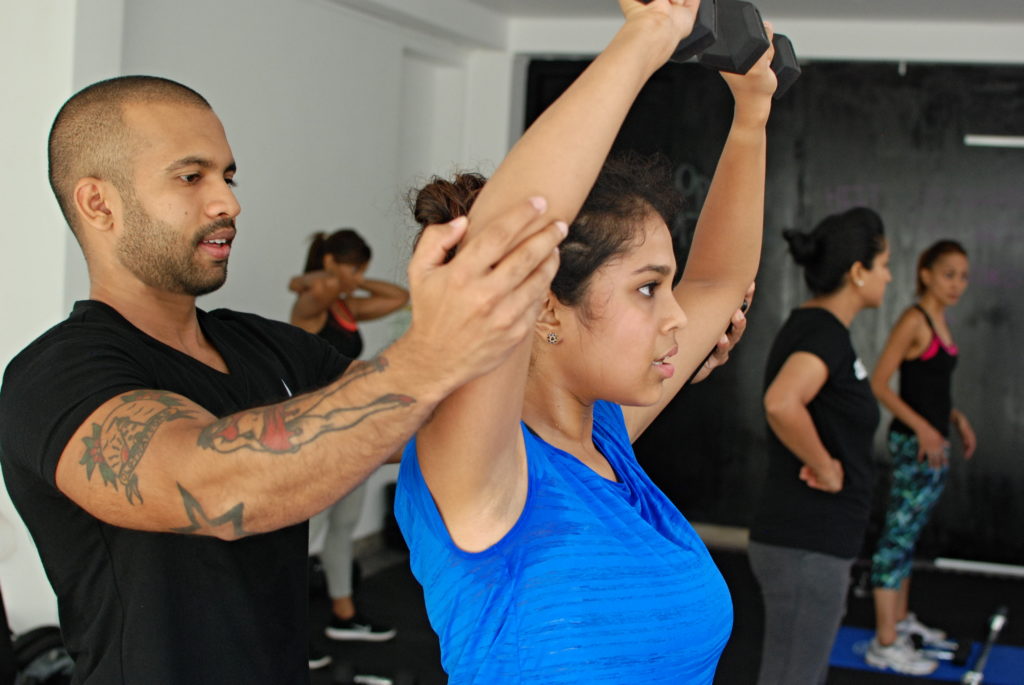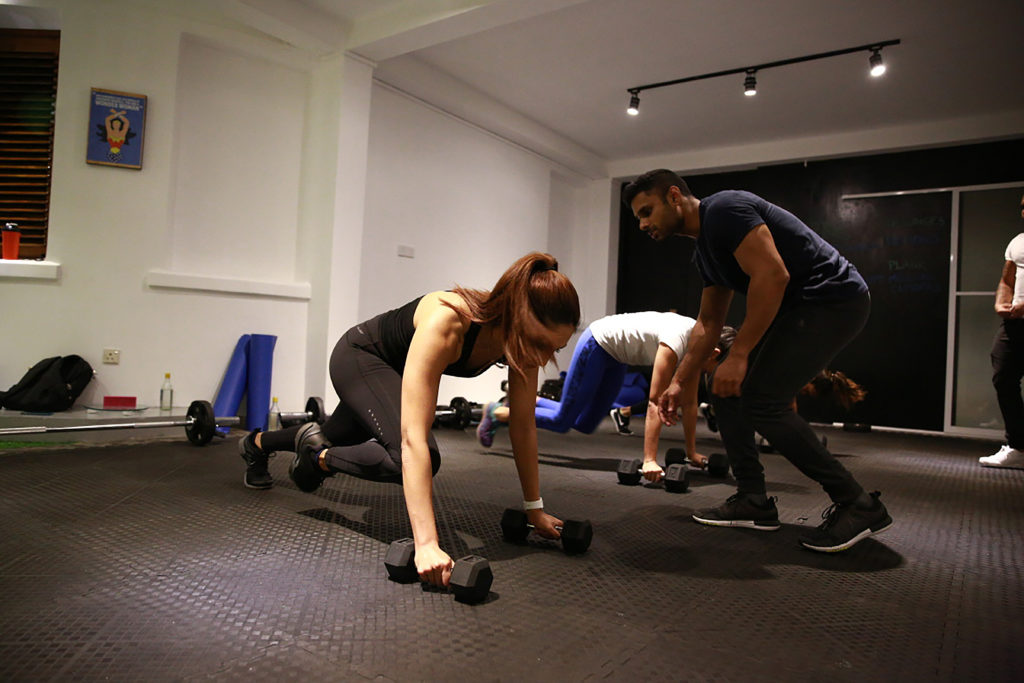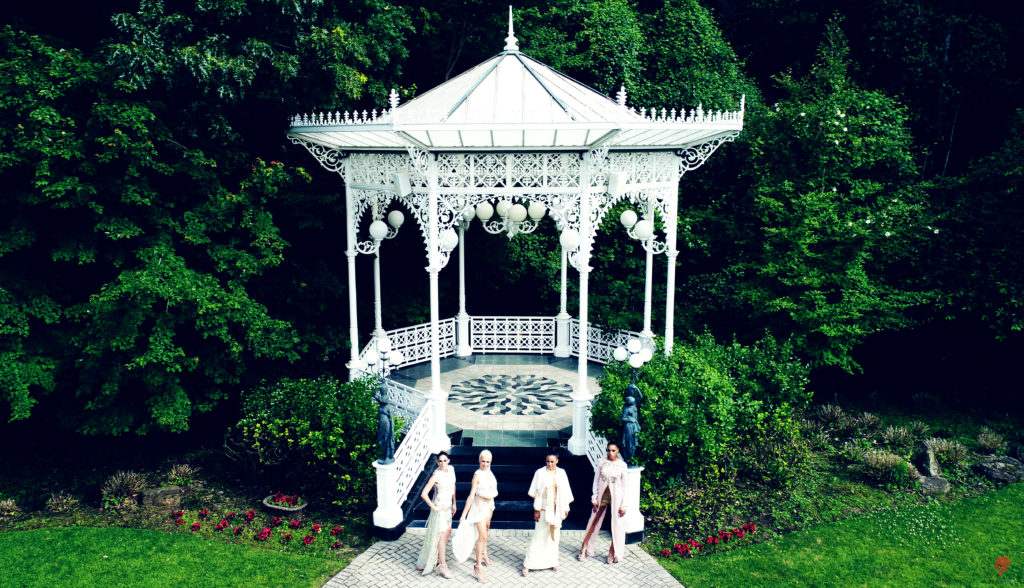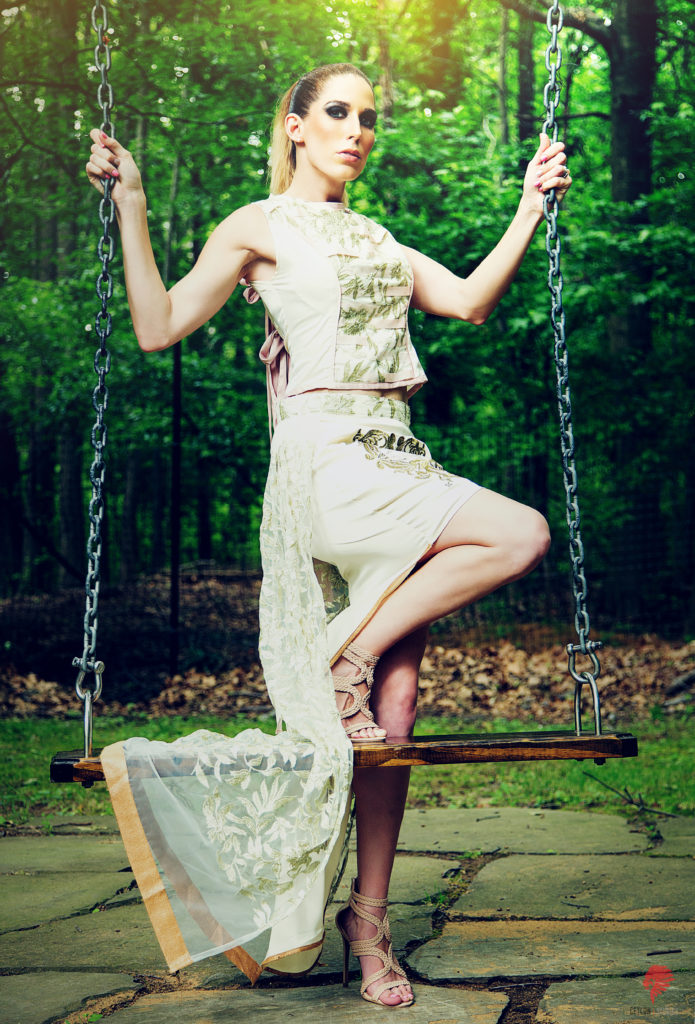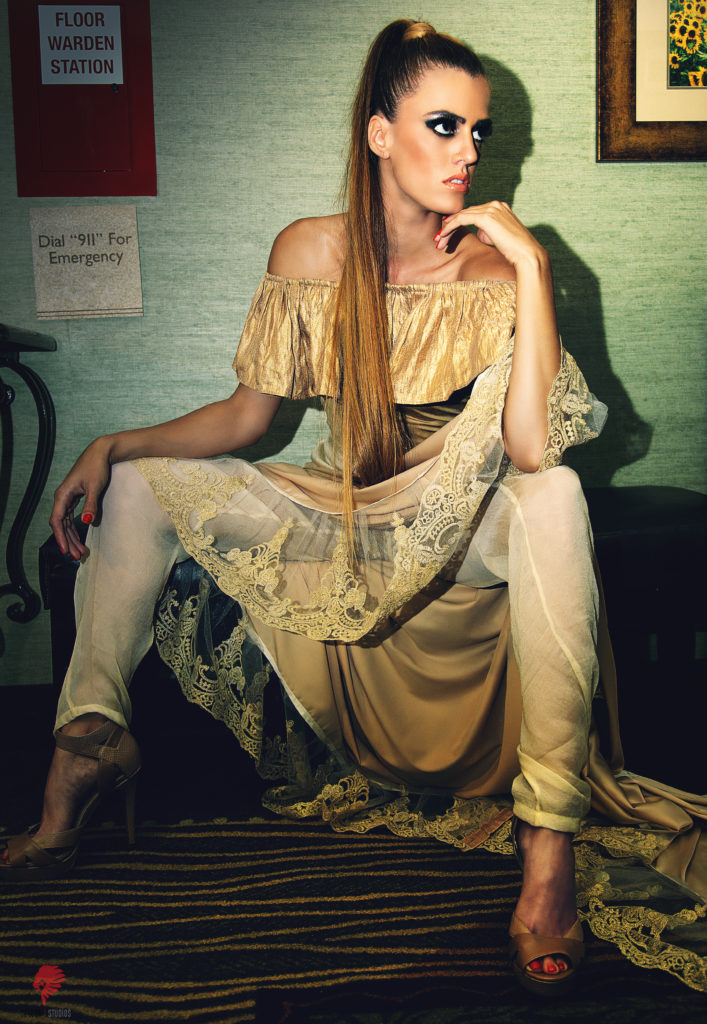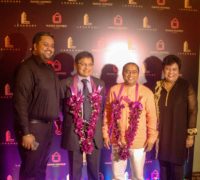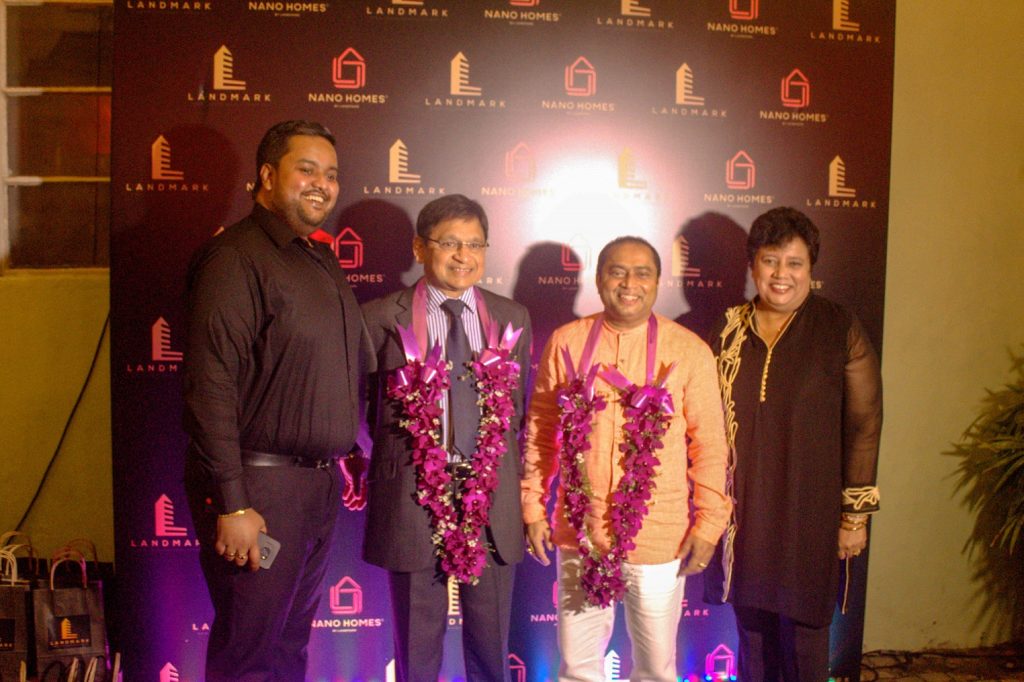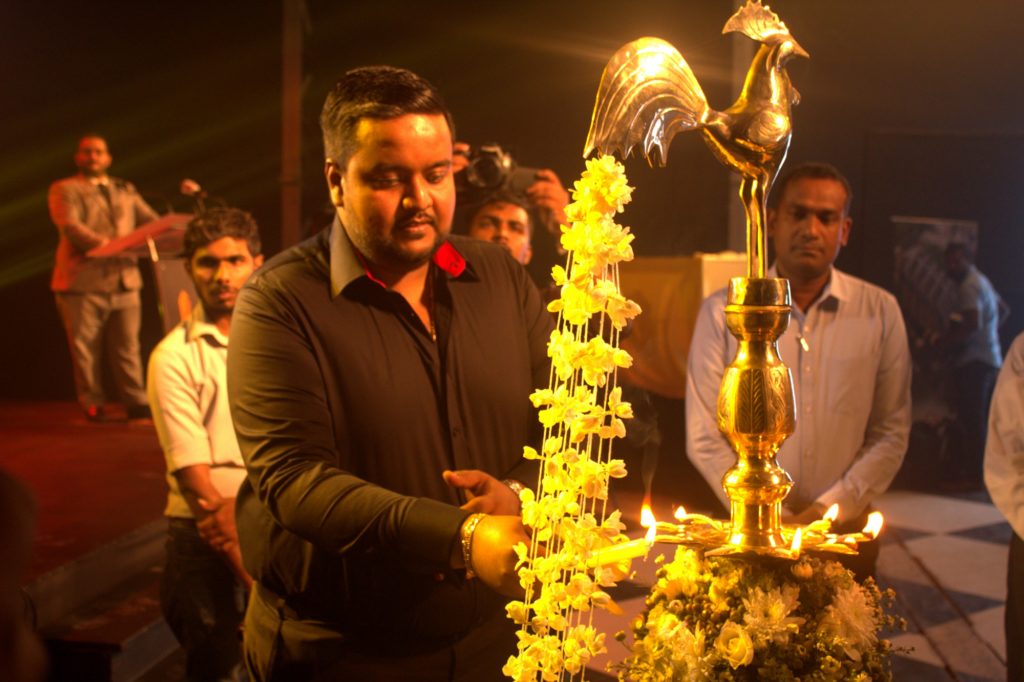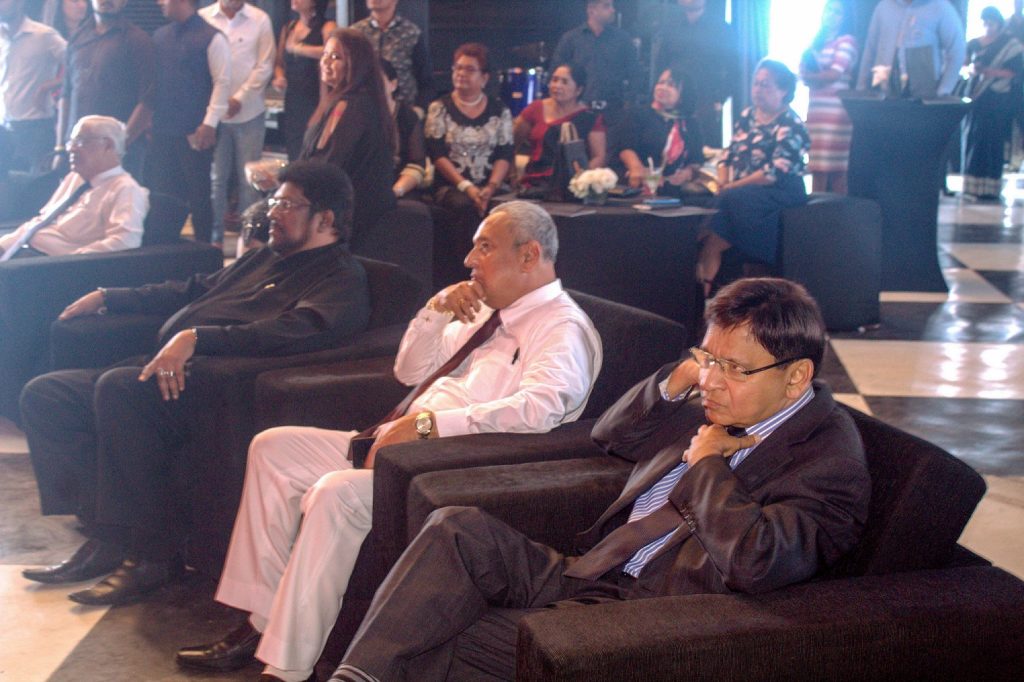
Have you ever had a picnic by a cliff overlooking the aqua marine sea, enjoyed a scrumptious village meal by a gurgling stream after a two hour hike up a blessed rock or been lulled to sleep by the chirping sounds of the crickets as the moon shone brightly on to your tent? Does it sound like something out of Tom Sawyers adventure or an episode from Indiana Jones? Well these are true life experiences which were part of our sojourns with our adventurous friend Ashan.
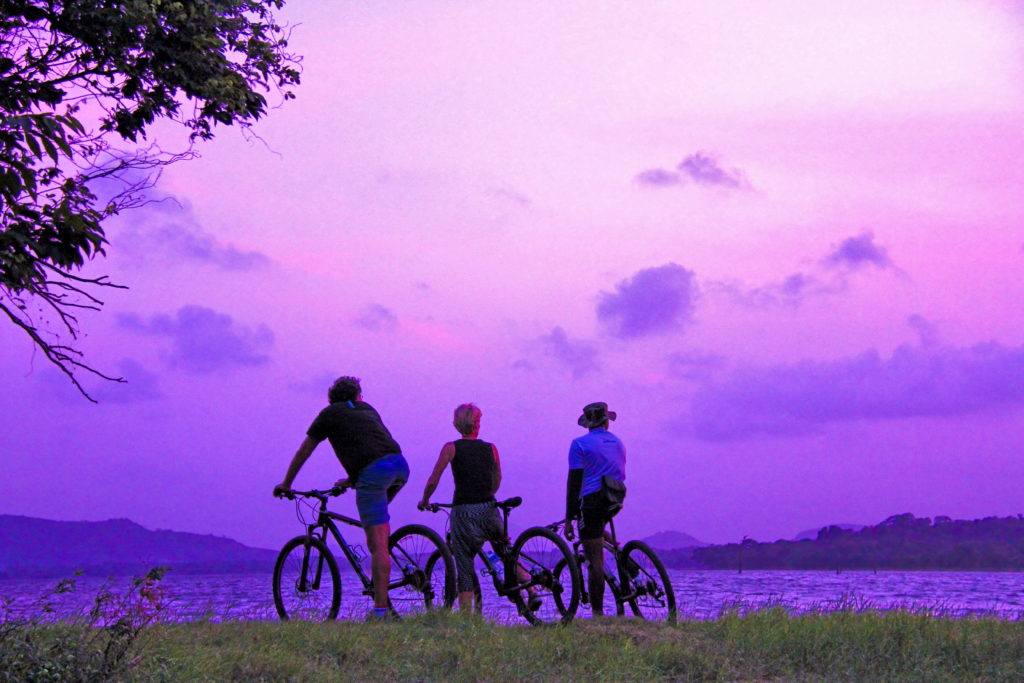
Ashan Seniviratne, who epitomizes the spirit of adventure, gave up his desk job to pursue a career in the great outdoors. “There’s never a dull moment with Ashan,” is an understatement as you would end up scouring the country in a number of ways; either cycling through the bustling cities at night, hiking up mountains, swimming with schools of multihued fish in the Indian ocean, trailing behind a magnificent blue whale, admiring the acrobatic skills of the spinner dolphins or camping under the cinematic vista of the night sky on Bible Rock.
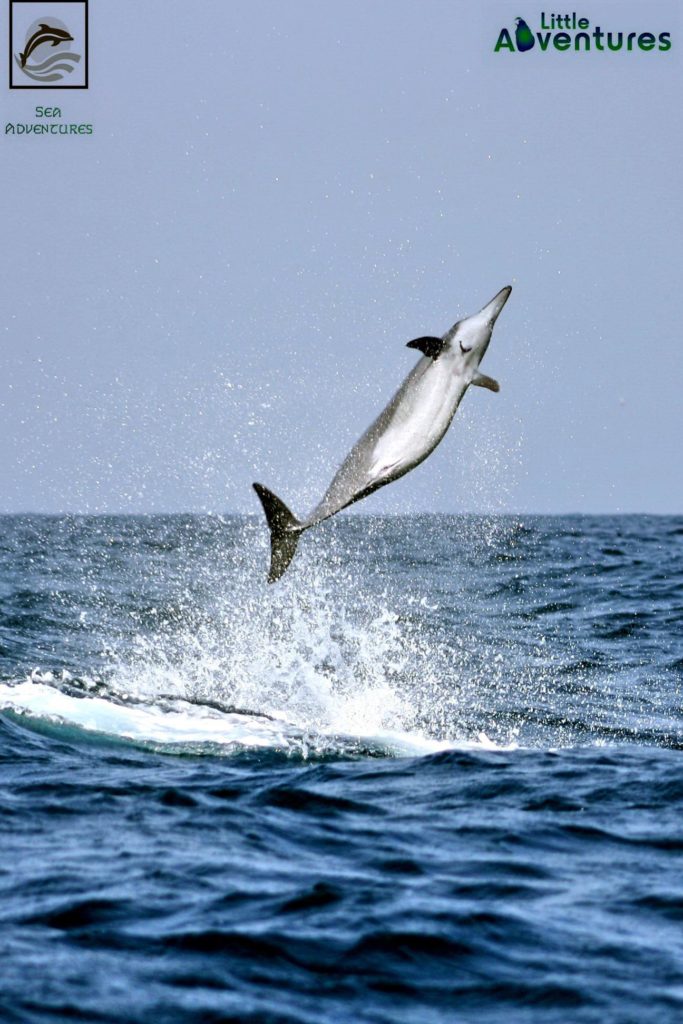
Infused with a spirit of exploration and innovative thinking, he branched out into a hitherto unexplored terrain in terms of career moves by providing a wide variety of adventure packages to those who wish to explore the island off the beaten track. Six years later, Ashan has established himself as a name to contend with in the booming industry of adventure tourism.
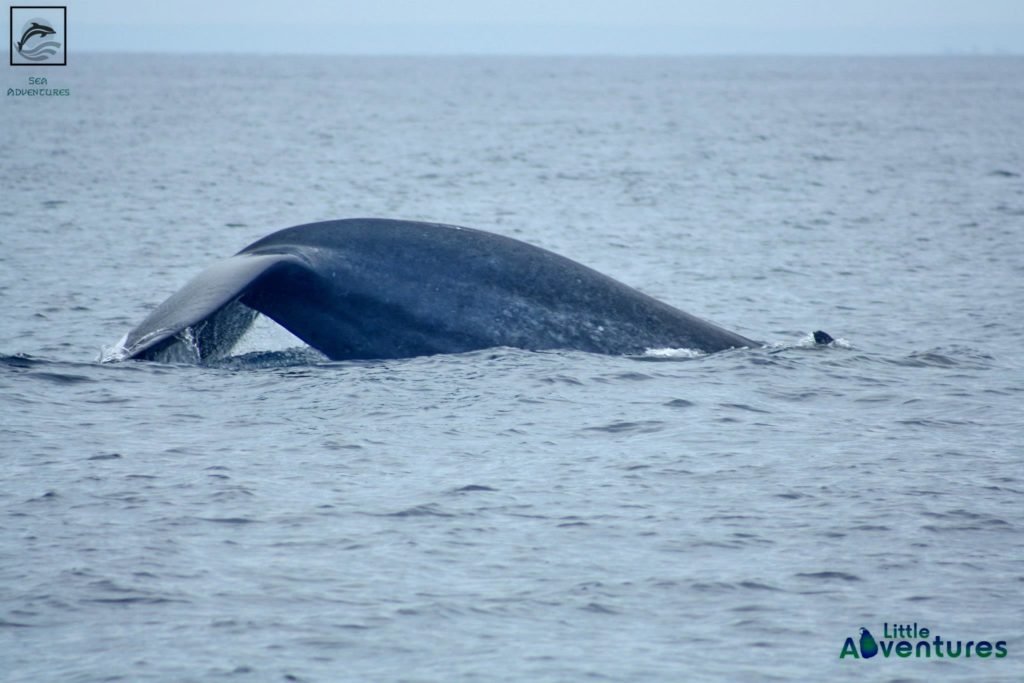
“Our island is a bio-diversity hot spot and there is a plethora of activities for the adventurous traveler who has a zest for life,” quipped he. Imbued with the spirit of wanderlust, Ashan made a hobby of exploring the island and often thrown caution to the wind but now that it is a profession it comes with a great sense of responsibility, hence, organizing these excursions requires one to pay an excessive amount of attention to detail; meticulous planning, gather a thorough knowledge about the topography about the area and continuously hone the training and skills needed to face innumerable challenges as Mother Natures has proved her mood swings could not be taken for granted as the Lady has a mind of its own!
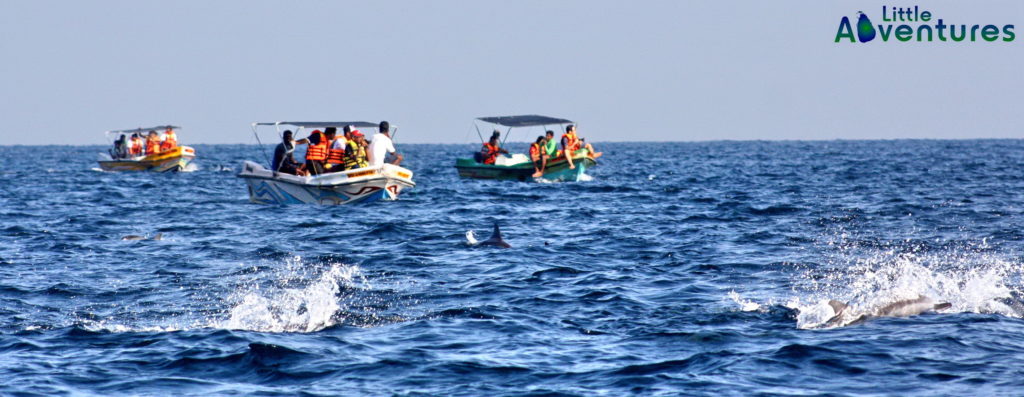
Nurturing a Love for Nature
“It was my father who nurtured the love for nature and wildlife, “enthused Ashan who recalls the days when he used to trudge around the country exploring thick jungles and more. This was during the early 80’s and 90’s, and the animals luxuriated in the thick fauna and flora unlike now with everything being so commercialized with nature being stripped of its beauty in plain sight.
These childhood quests in search of nature’s bounty inspired a love for the country and its breathtaking beauty. We were doubly blessed to have an abundance of hills, valleys, rivers and paddy fields and forests in our own ‘backyard’ in Kegalle. We children were even trained by our parents and grandparents to harvest paddy. The earth was truly their playground and its resplendent beauty was appreciated by the young Ashan, who was later boarded at Trinity College Kandy where he completed his education. The school years were wrought with adventurous escapades with Ashan and his friends swimming in the rivers in Rambukkana and journeying to various parts of Sri Lanka.
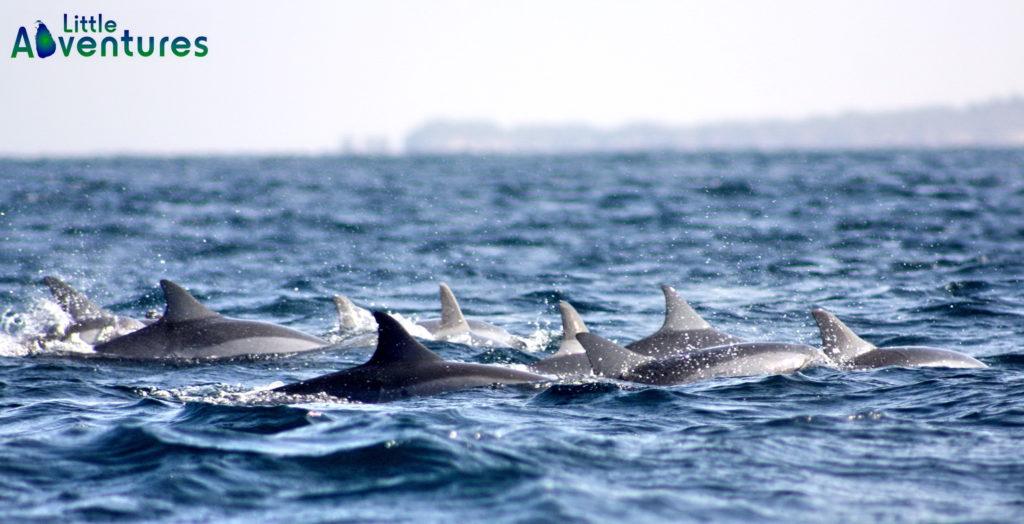
After completing his education he took wing to Colombo where he secured a job at Silk Air followed by Scenic Air an airline which organized the bulk of the Grand Canyon tours in USA. This gave me the opportunity to visit Las Vegas to attend a conference. It was a milestone in my life as it was first official overseas trip. Subsequent visits to many destinations gave him the license to explore, watch and learn and ultimately ponder on the potential of his island home which many refer to as paradise.
Taking the Road Less Traveled
“The adventurer in me was yearning to think out of the box but the idea was just blossoming and I had to venture out on my own with a two or three volunteers who believed in my wild scheme which seemed ludicrous at the time. It was only a few years ago that I actually discovered the term for this form of tourism known as experiential travel,” revealed Ashan.
Conservation and Sustainable Tourism
It was during my tenure at Del Air that I visited many countries and I saw the manner in which they maximized on their resources. Referring to the depleting natural resources in our country and the importance placed on conservation and sustainable tourism Ashan mentioned Singapore. “Despite its lack of natural resources it is a thriving tourist attraction mainly due to the visionary Lee Kuan Yew who was intent on creating a positive and glowing image about his country. Tourist attractions are constantly upgraded and revamped to ensure the continuous arrival of tourists. The West and Far East also place a high importance on their tourist destinations and maintain systematic procedures to ensure sustainability with the citizens valuing their countries and striving to protect through the minor things as cleanliness, provision of facilities etc.
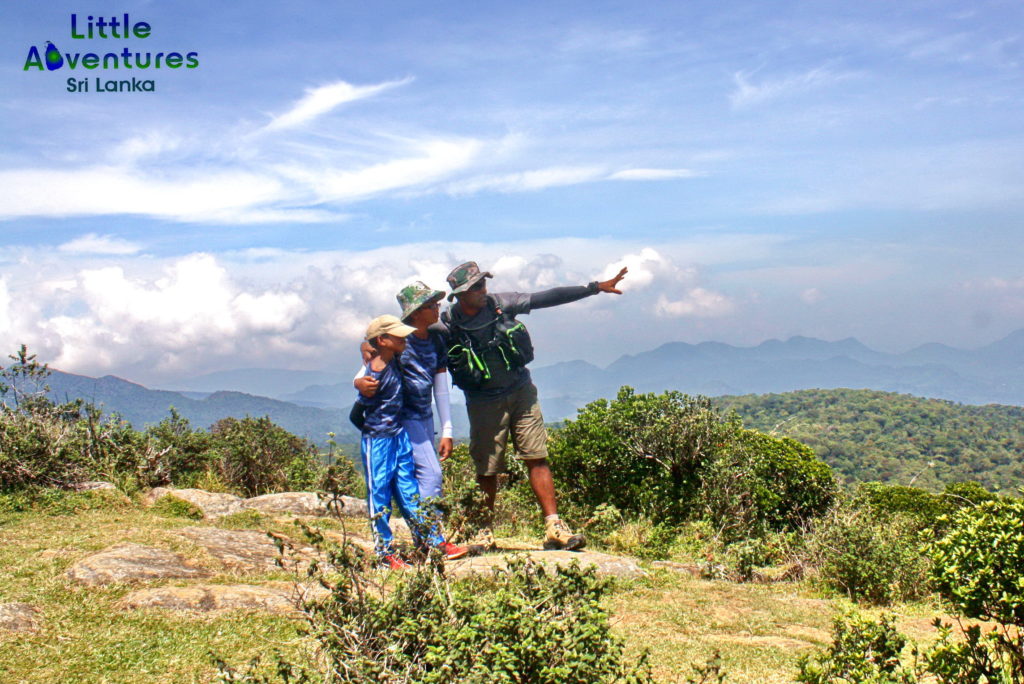
This is in stark contrast to the plight faced by our own sights as many places are strewn with lunch sheets, polythene bags, glass/ plastic bottles and shards of glass. The lack of strong laws and the inability to control the masses destructive behavioral patterns have caused severe repercussions and despite the warning signs and advertising campaigns this callousness by a certain populace still does persist.
A team of us collected bags full of garbage from Bible Rock in January and I brought it all the way back to Colombo with me without disposing it along the way but all our effort is to no avail as I have seen more waste piling up. Due to this our voluntary cleanup or ‘shramadana’ will have to be done every few months.”
Leading by Example
“Little drops of water, little grains of sand makes the mighty ocean and the pleasant land…,” is a poem we are familiar with and similarly Ashan believes that our little acts can make a difference and cause a ripple effect. Which gave him the impetus to impact young lives through a new adventure series titled ‘Kids in Tune with Nature,’ which will specifically target children and young adults.
Ashan encourages and promulgates many family oriented adventure packages which enables quality bonding time between parents and kids and leads by example as he is seen guiding his own two sons to appreciate the natural wonders of their island home.
On 5th of June this year Ashan and his team hosted a stall for over 300 students at St. Thomas’ College in commemoration of ‘World Environment Day 2017.’ “This enabled us to share our views on the exciting ways we could experience and cherish the vital relationship between man and nature.”
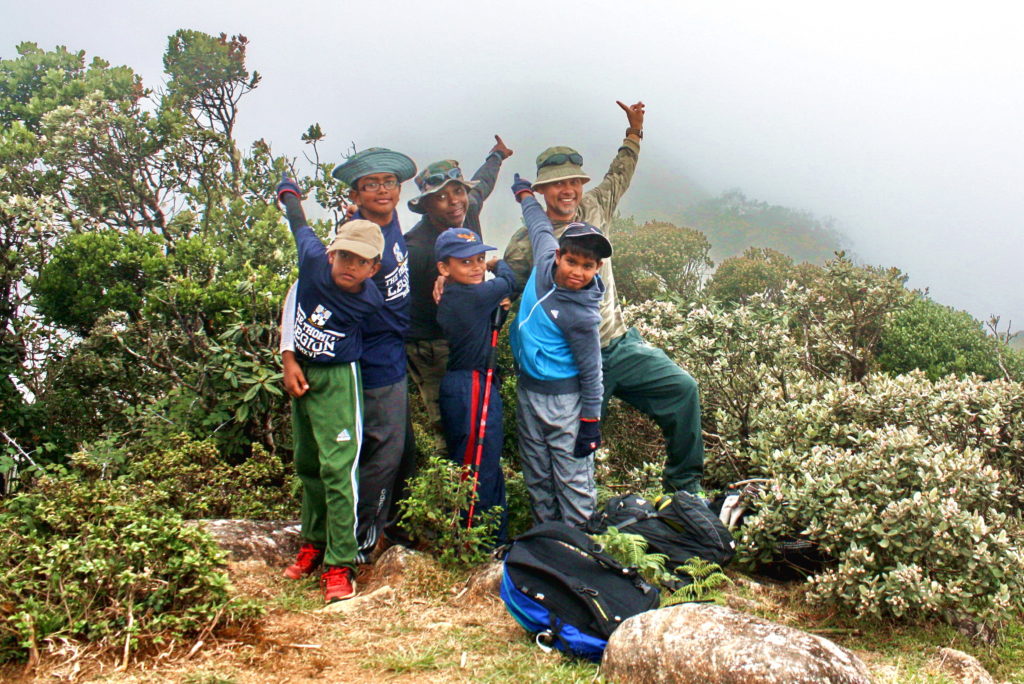
Due to the high demands of present society parents are either strapped for time or reluctant to take their children to the great outdoors and shockingly many kids are unable to socialize or feel passionate about protecting the environment or mother earth for that matter. With the advancement of technology a child’s horizons are often left untapped with an unhealthy amount of time spent on computer games and social networks. The virtual worlds occupy a vast spectrum of their time and reality becomes a distant concept, which is the main reason children and parents should take the initiative to explore the bountiful resources we are blessed with. This in turn prepares them to face the adversities in life with resilience and shapes their characters and builds up their immune system and lessens the effects of attention deficit disorders among other advantages. To be able to run amok in a paddy field, fly a kite by the sea or wade in the water should not be relegated to the history pages instead it should be made an active en enriching part of our children’s lives.
“If we want to recapture a bygone era, a time when life was simpler and options were not so vast, we have to fashion that world again ourselves. No amount of nagging or pleading will make a child decide to embrace nature. No lectures or sermons or speeches can truly capture the essence of the sunlight on the water, the sound of voices at play or the feel of the breeze in your hair. Children have to experience it for themselves and see what the great outdoors has to offer them. And we as parents have a responsibility to provide the opportunities for this to happen, not just demand that children “get outside” or submit to the proposition that it’s a lost cause. Children will ‘turn-off’ technology and ‘tune-in’ to the great outdoors, if that is the option given to them and they can do so with pure unadulterated joy and not resigned reluctance. So rather than grieving the good old days that we use to know, let us recreate them. Making the present truly a gift by seeing the possibilities as endless rather than focusing on the illusion of what we have supposedly lost,” added Ashan who continues to set the standard for leading and creating paths many fear to tread. His exuberance and fearlessness has led many hungry souls to follow their hearts in exploring wonders of the pearl of the Indian Ocean.

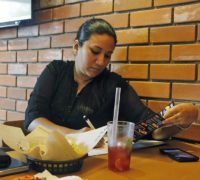
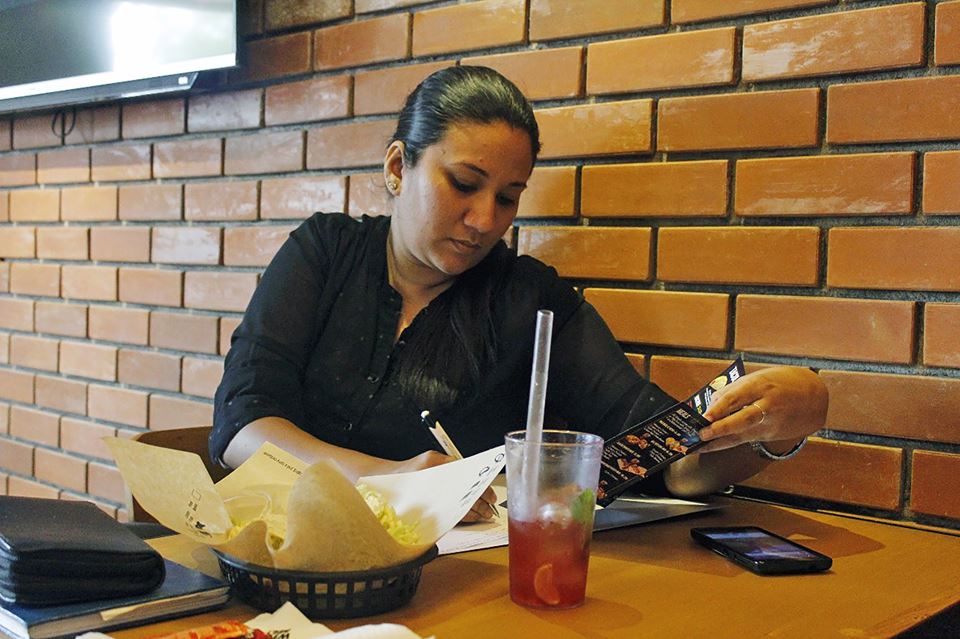
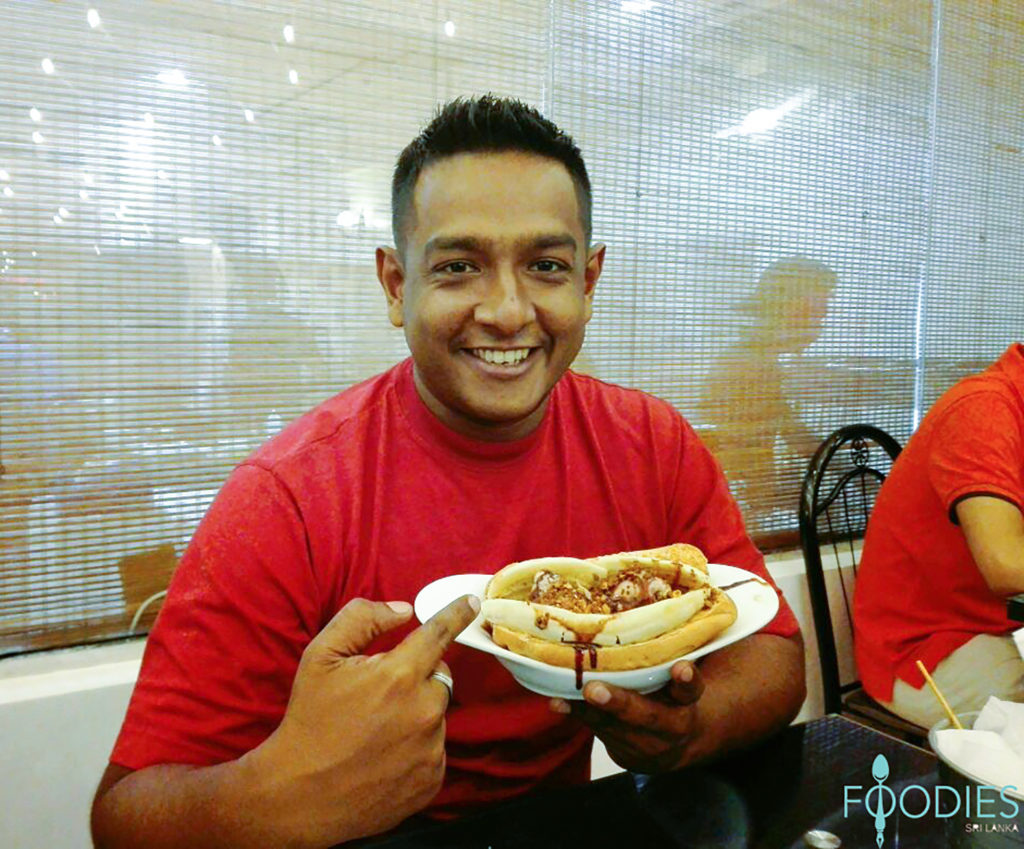
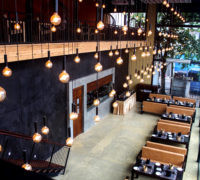
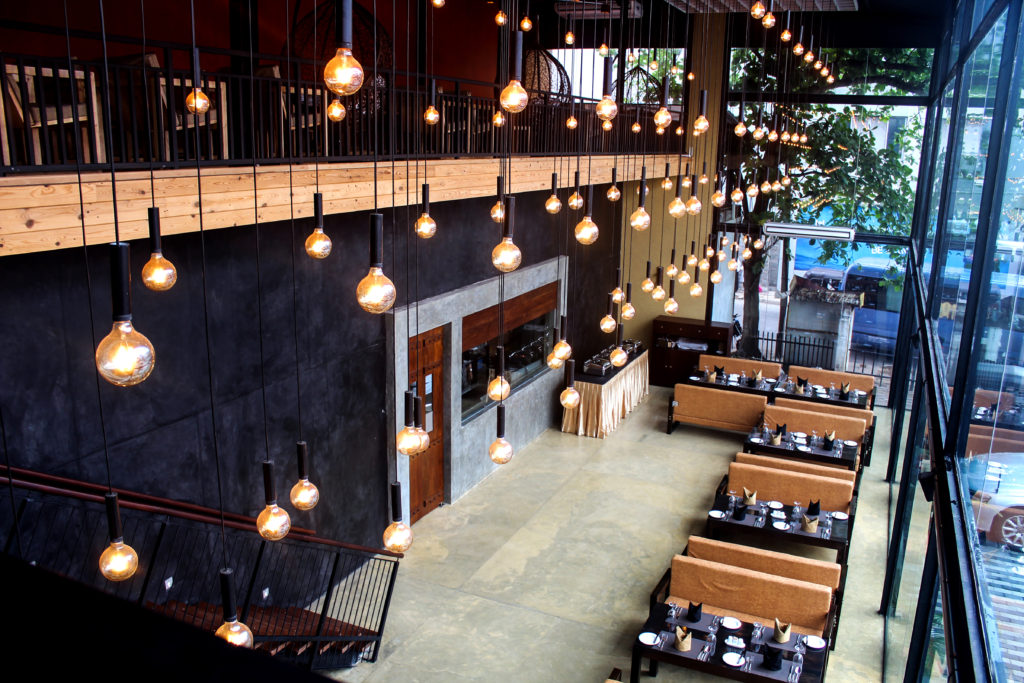 What does renowned inventor Nikola Tesla, Ceylon Tea, an expensive coffee machine and giant croissants have in common? The answer lies at Colombo’s latest restaurant cum café and tea lounge, Almonds Exclusive. The restaurant itself was surreptitiously open for a few weeks with no signage and much to the curiosity of city-dwellers. However, a few weeks ago they officially opened, with name and all.
What does renowned inventor Nikola Tesla, Ceylon Tea, an expensive coffee machine and giant croissants have in common? The answer lies at Colombo’s latest restaurant cum café and tea lounge, Almonds Exclusive. The restaurant itself was surreptitiously open for a few weeks with no signage and much to the curiosity of city-dwellers. However, a few weeks ago they officially opened, with name and all.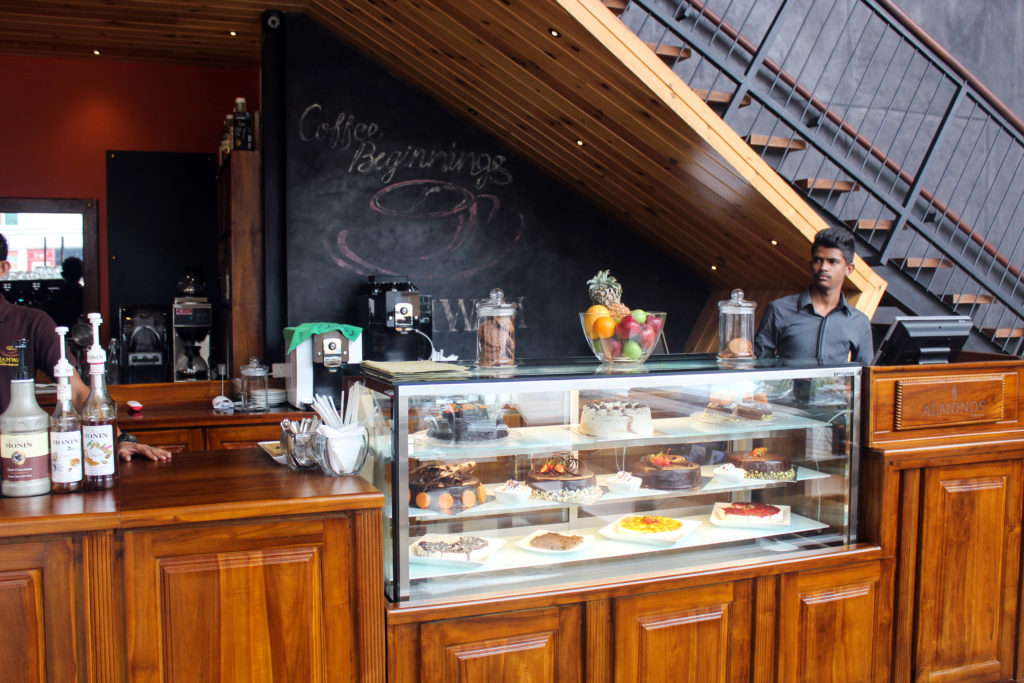
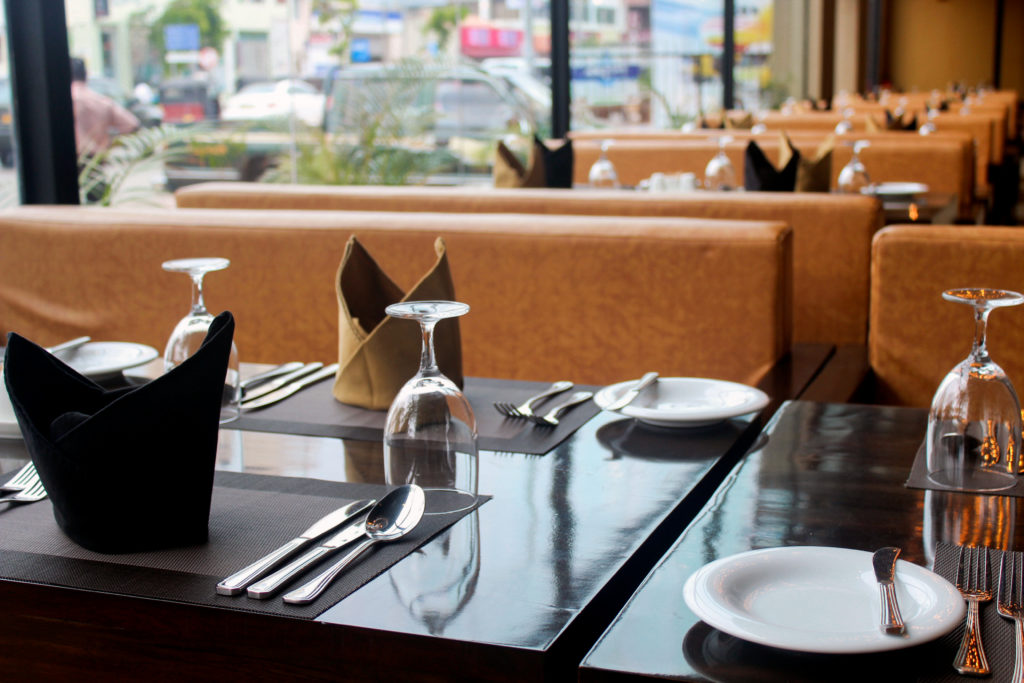
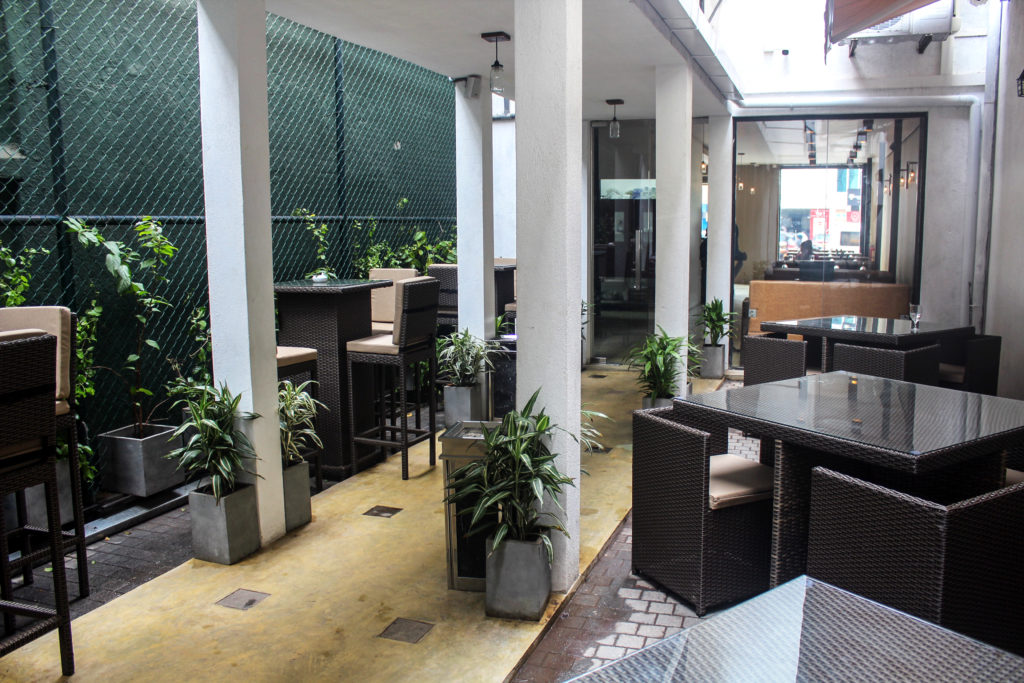
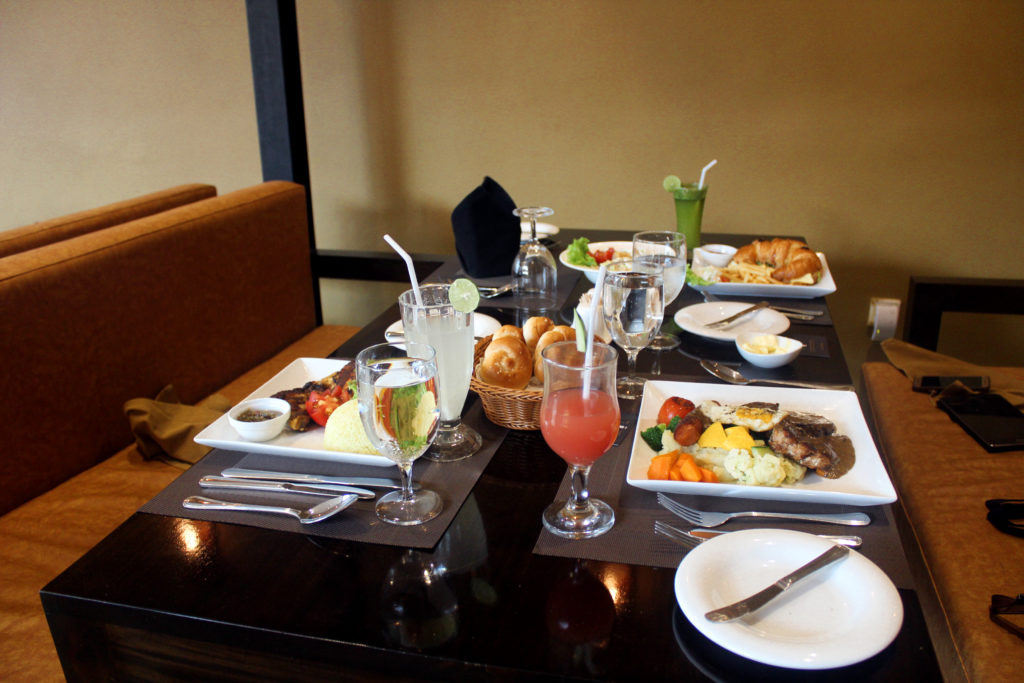
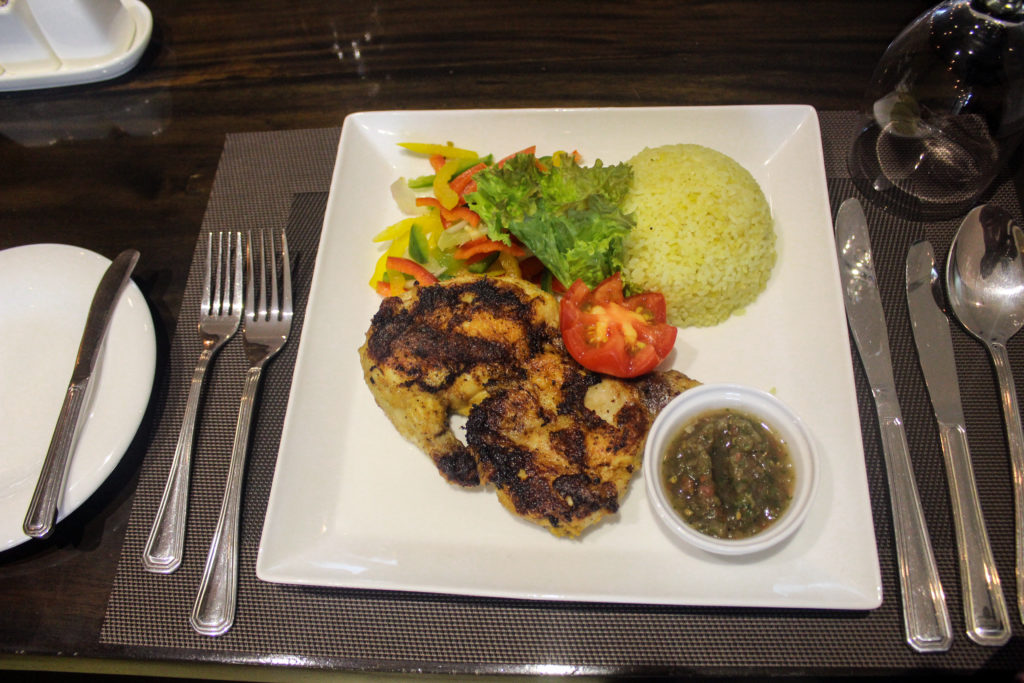
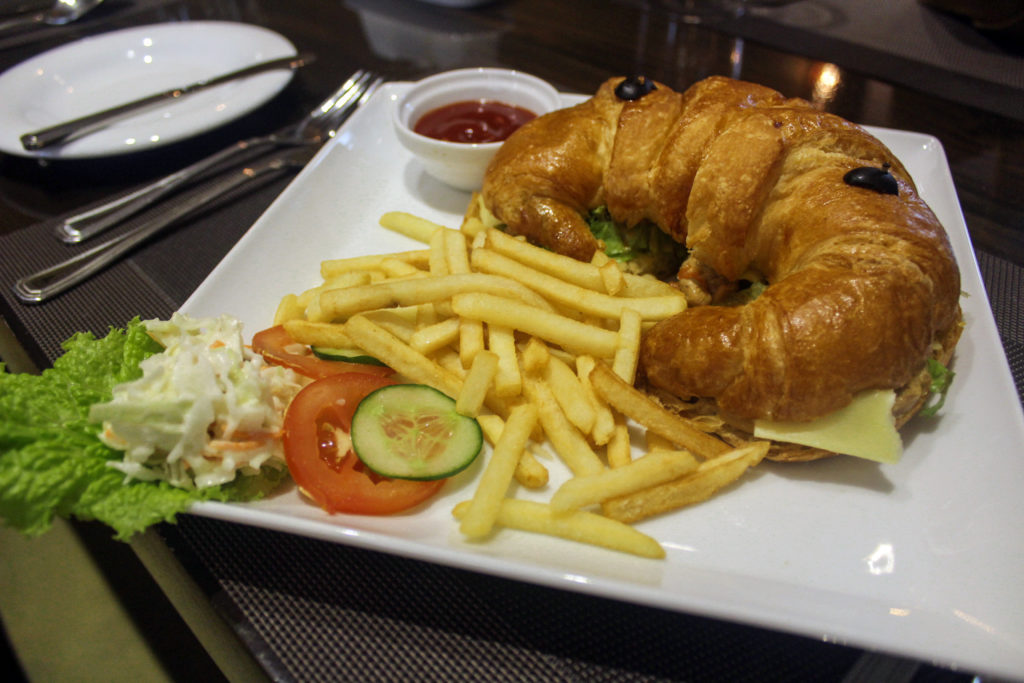
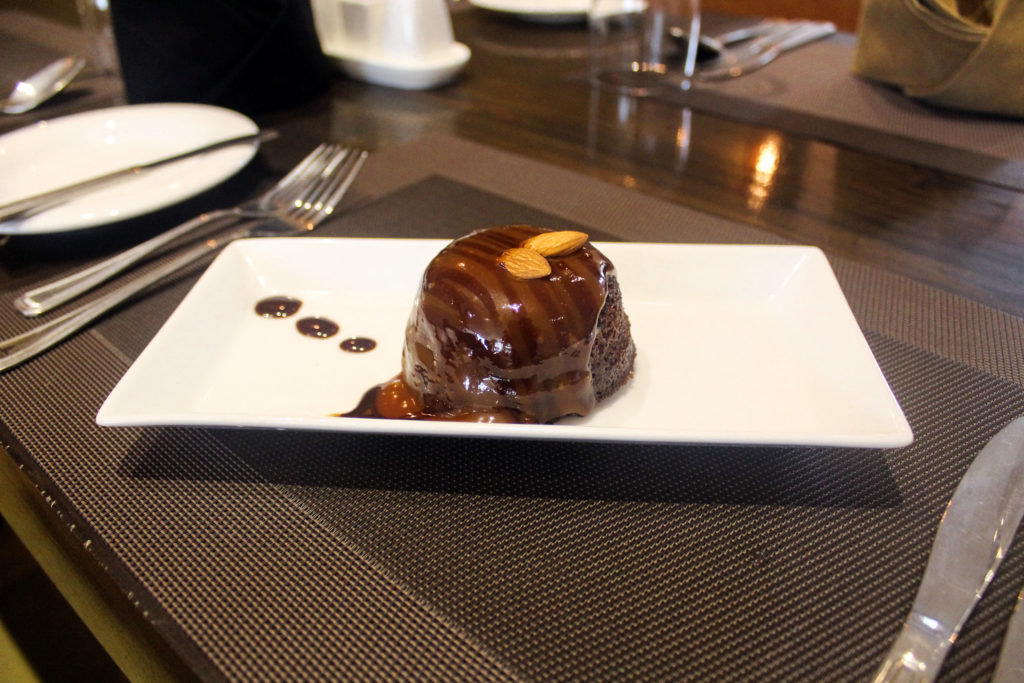
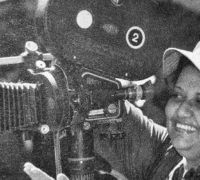
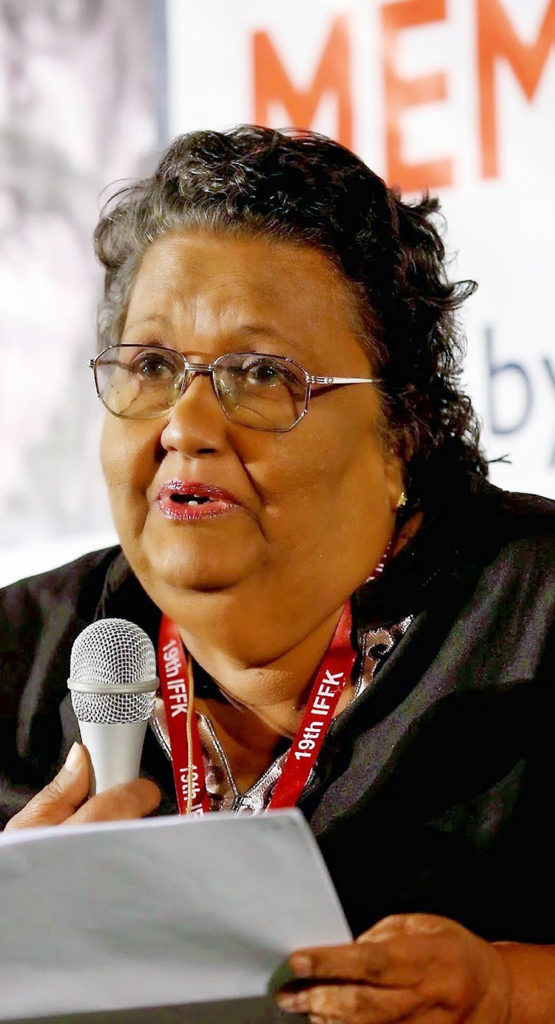
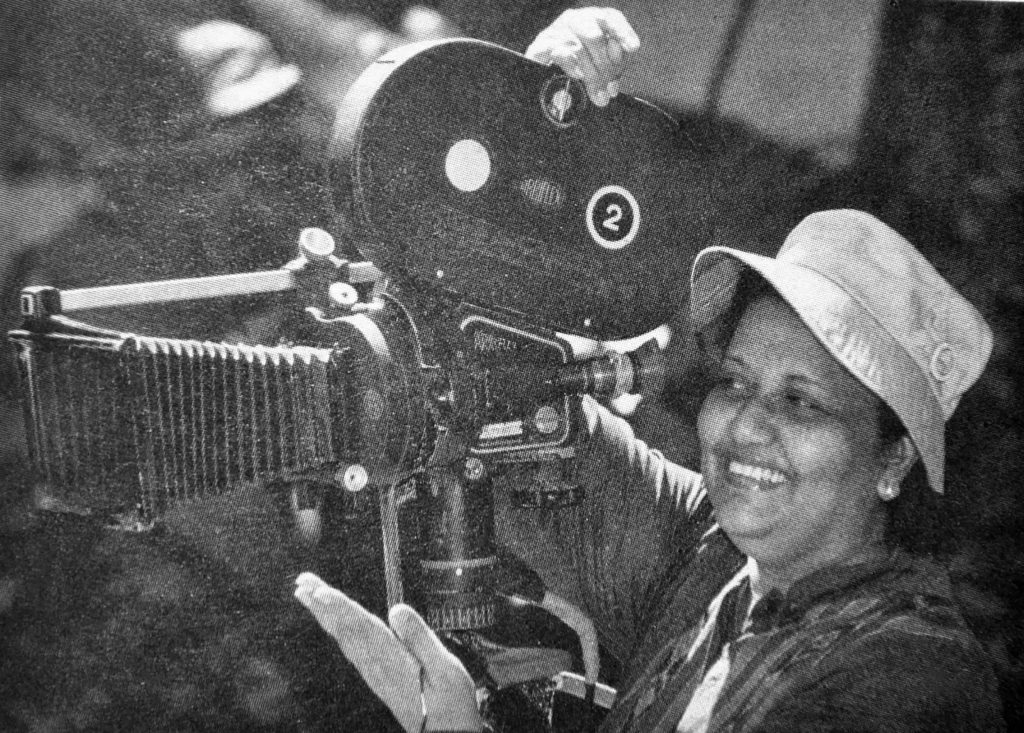
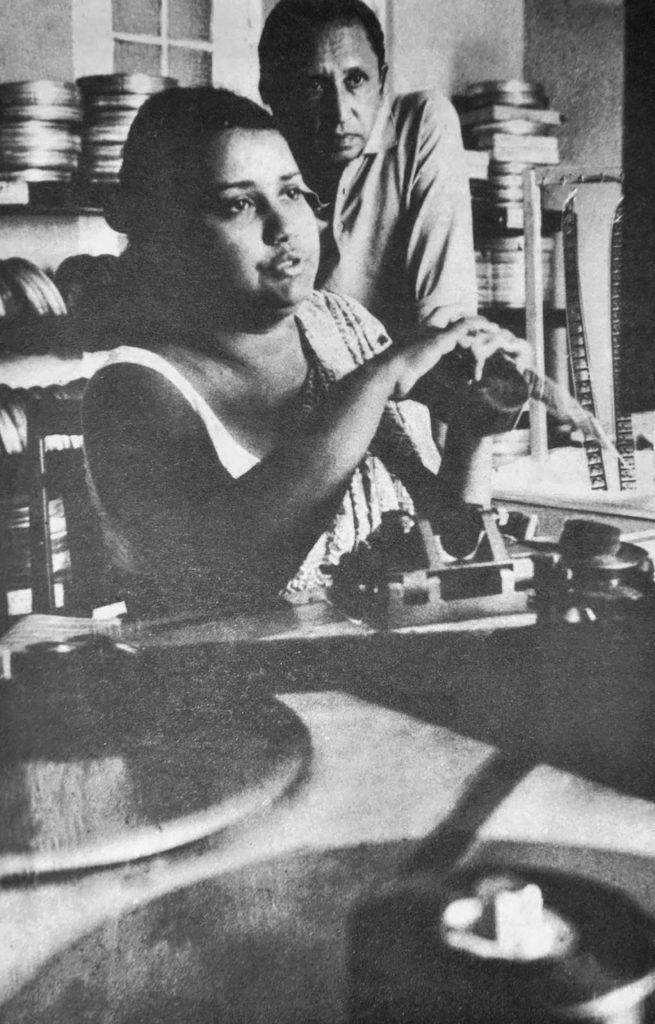
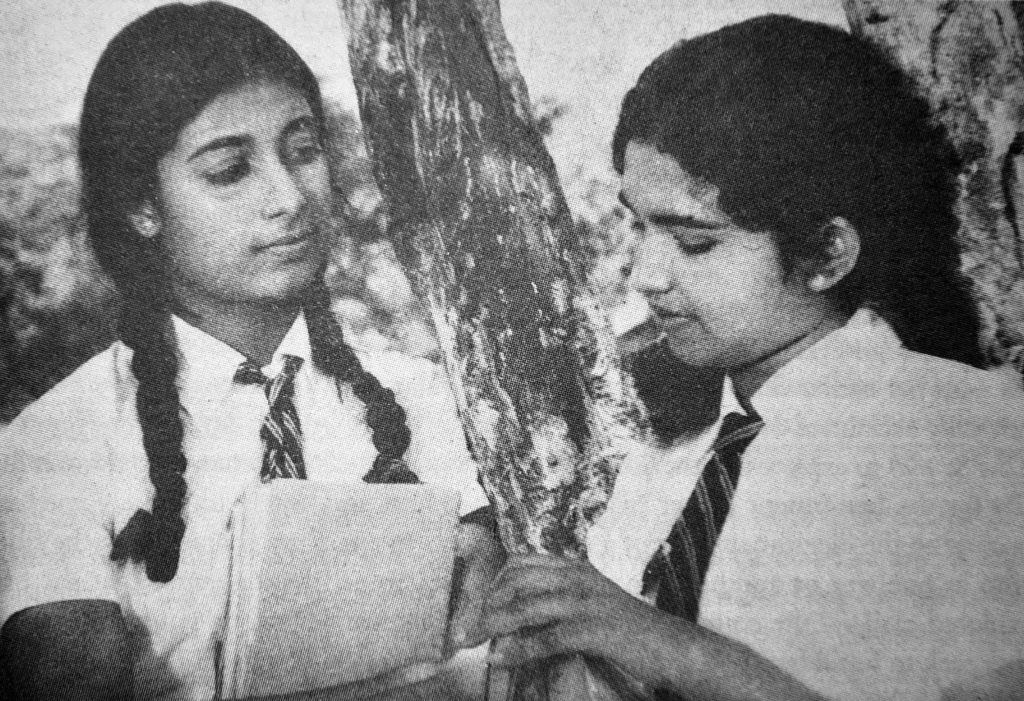
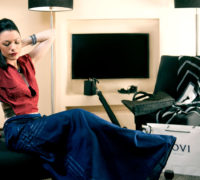
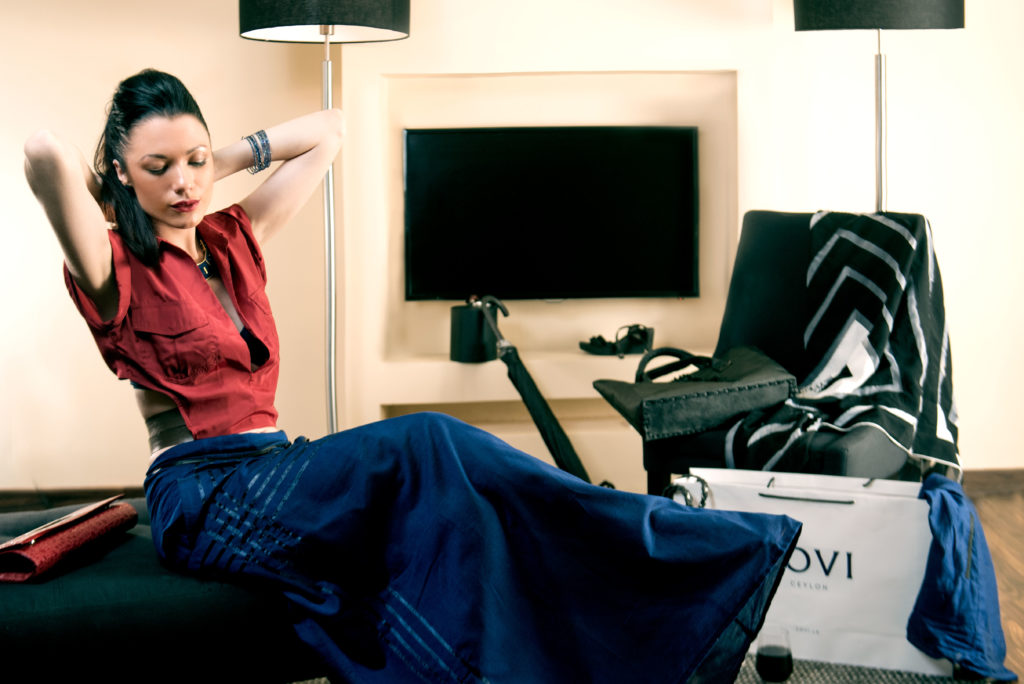
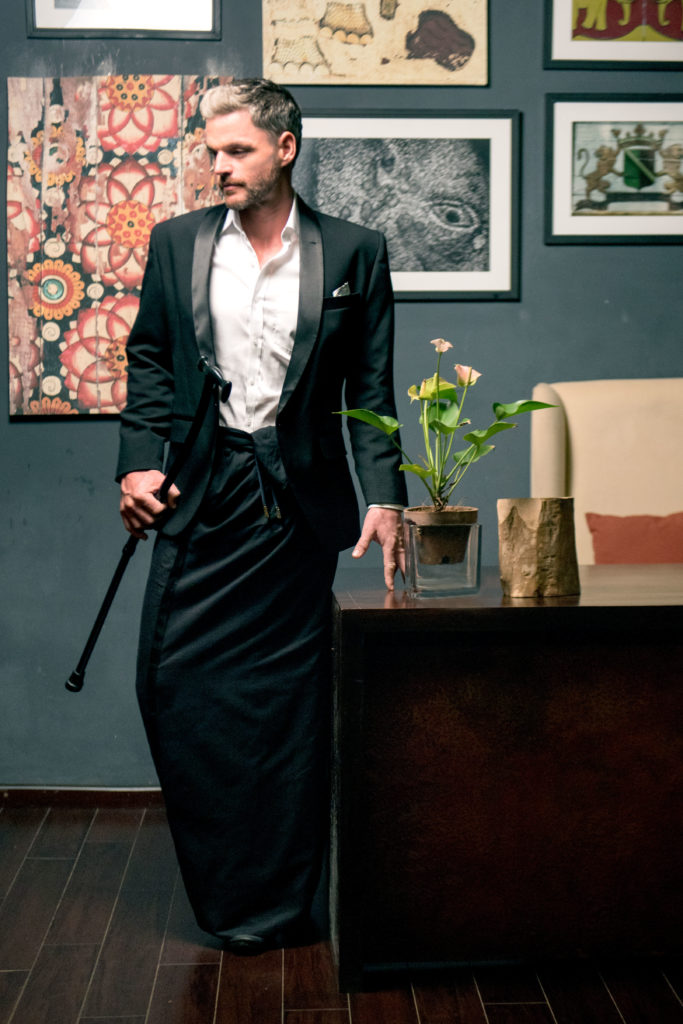
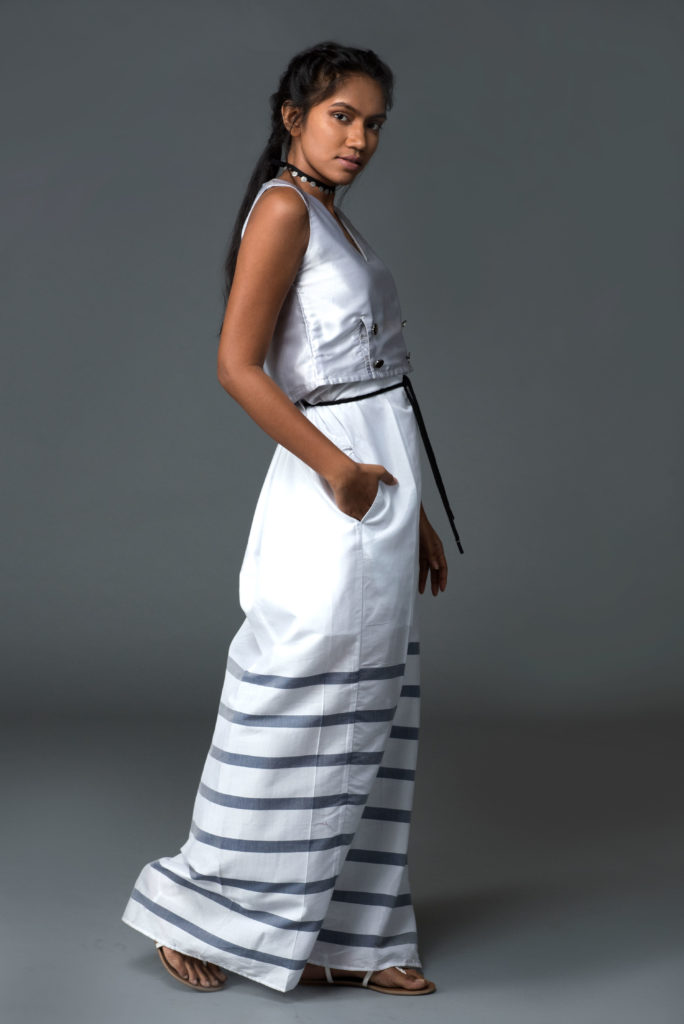
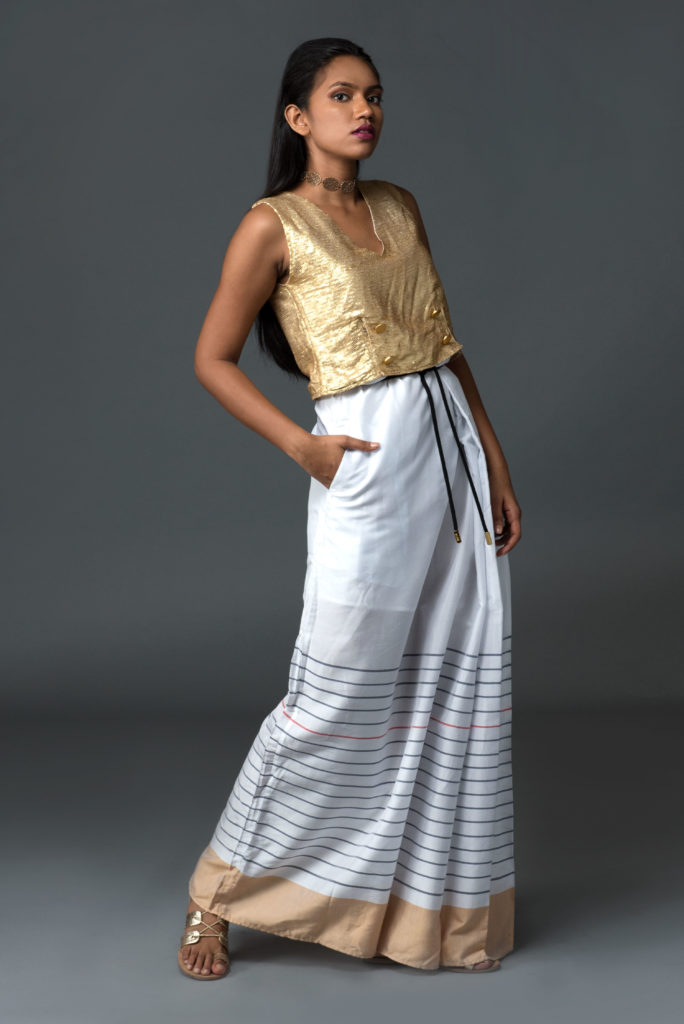

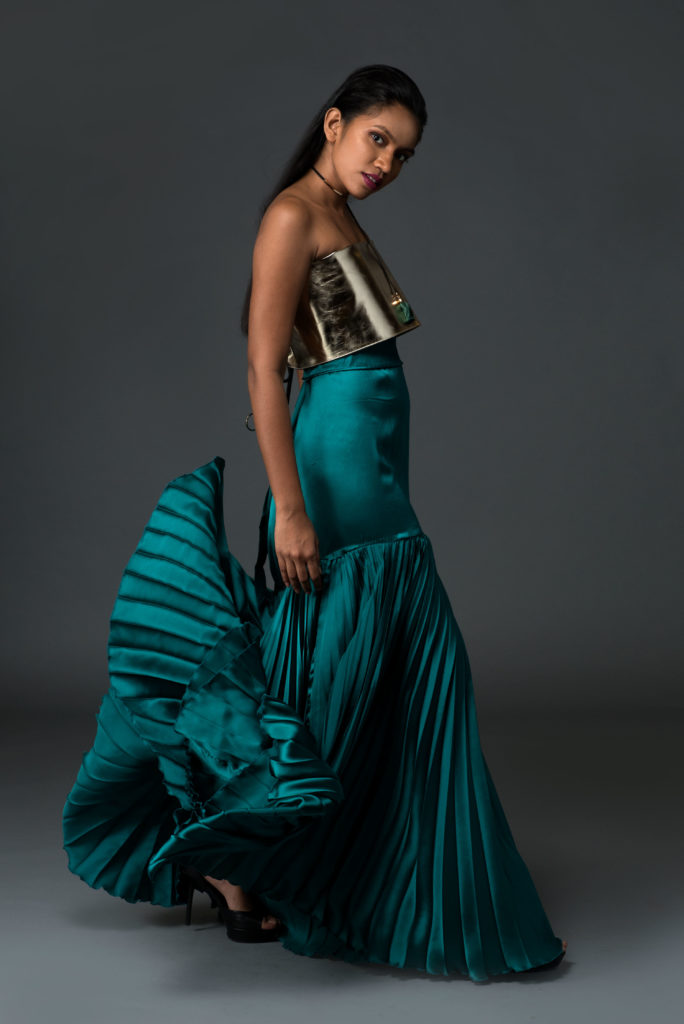
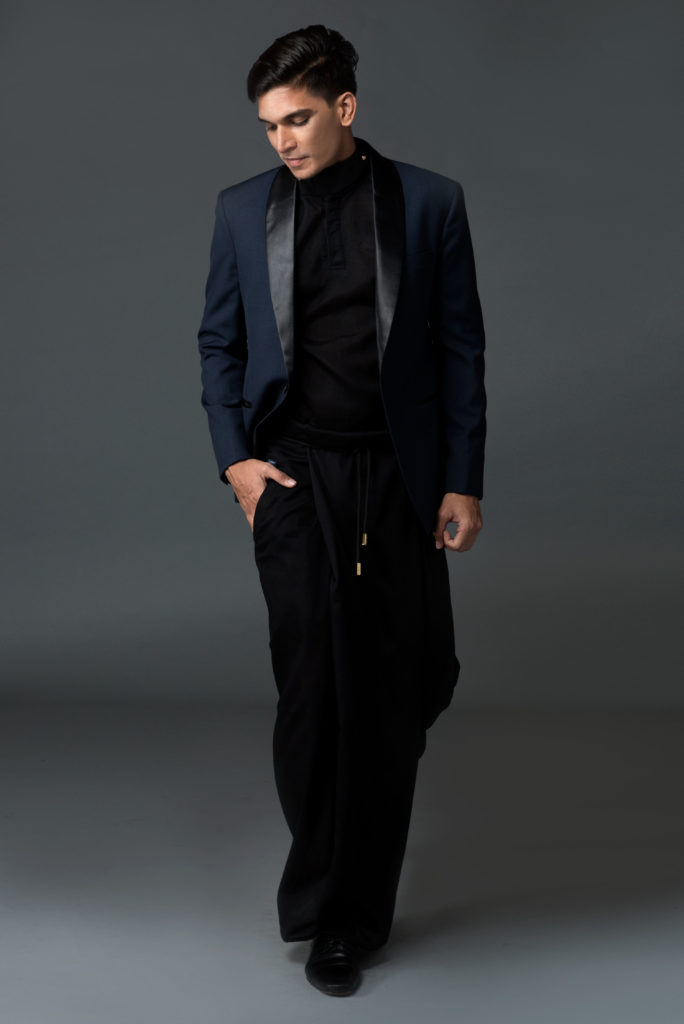
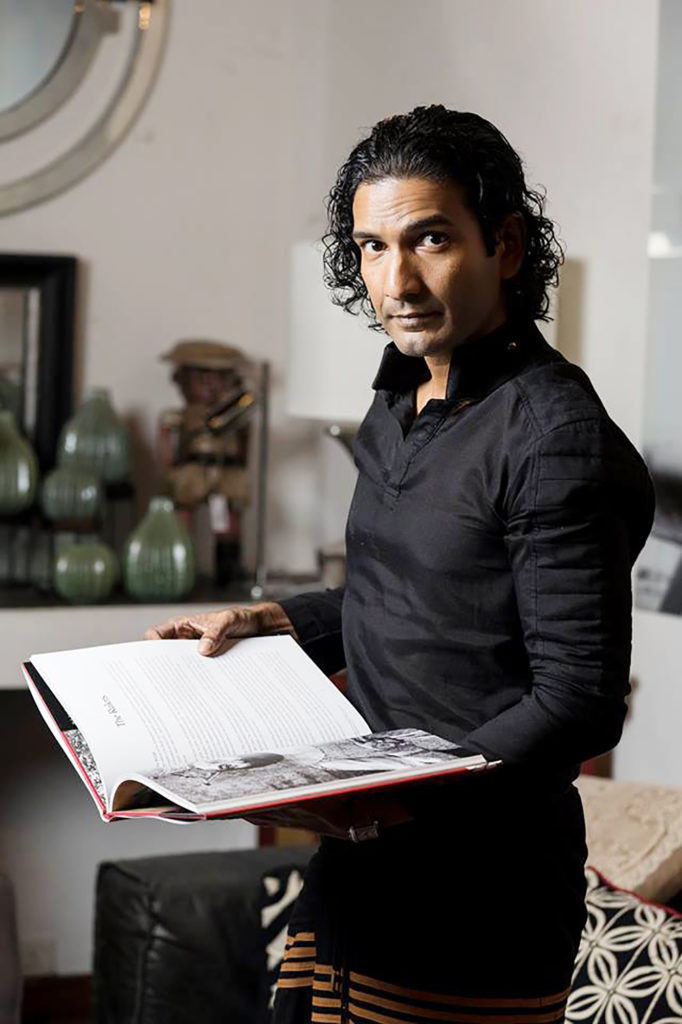
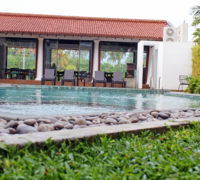
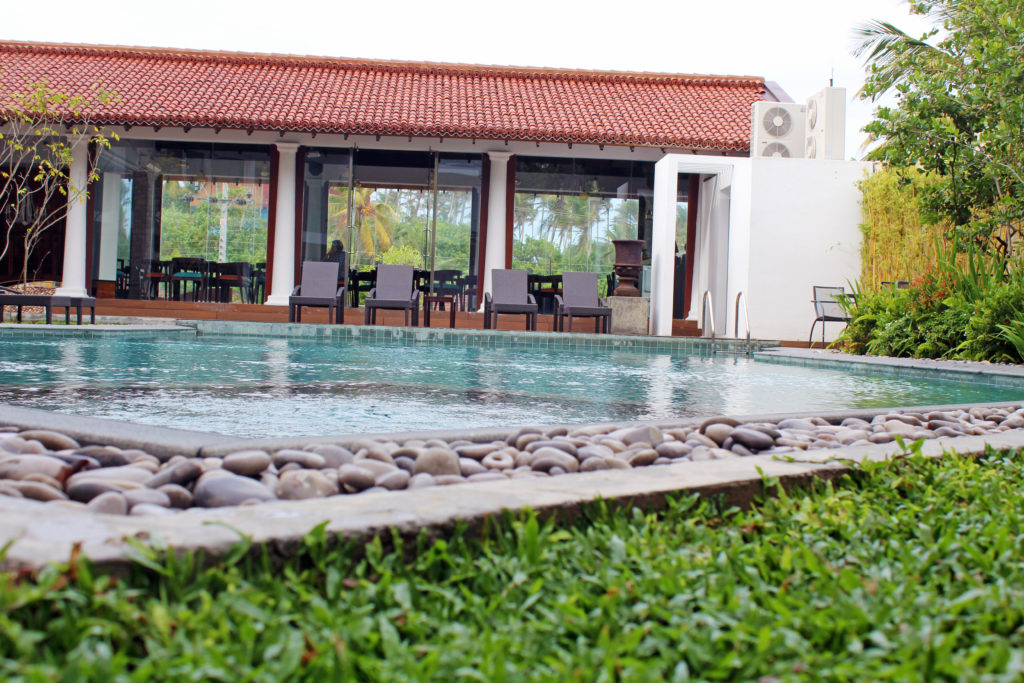
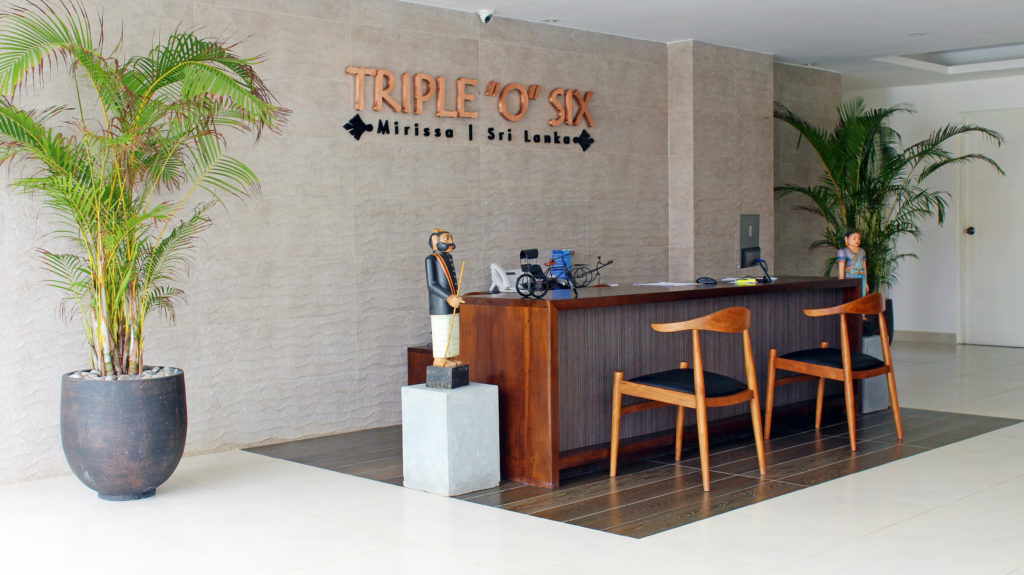
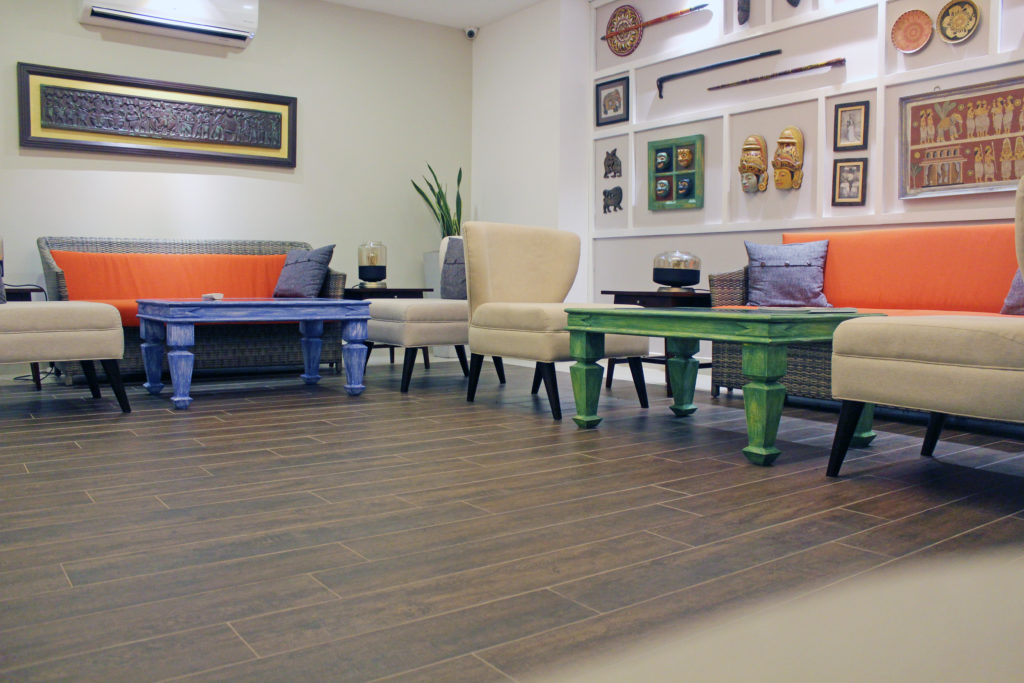
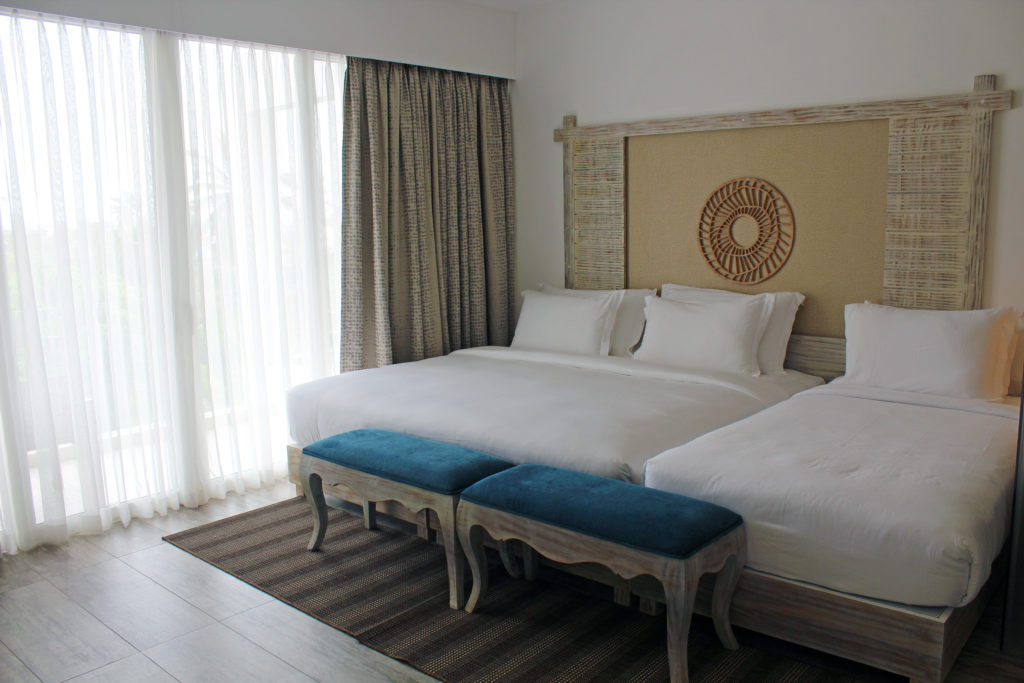
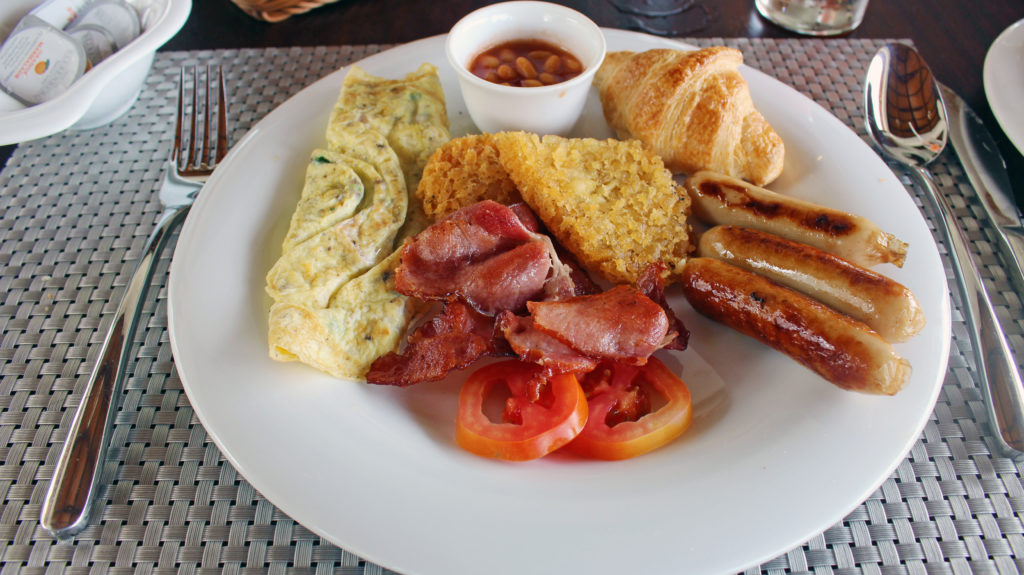
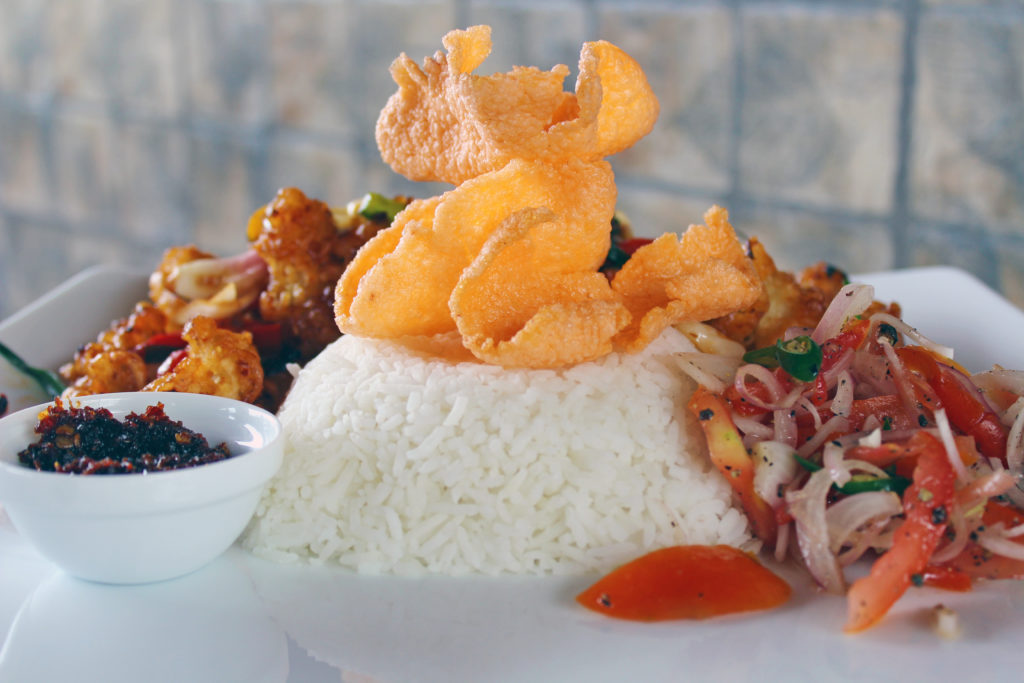
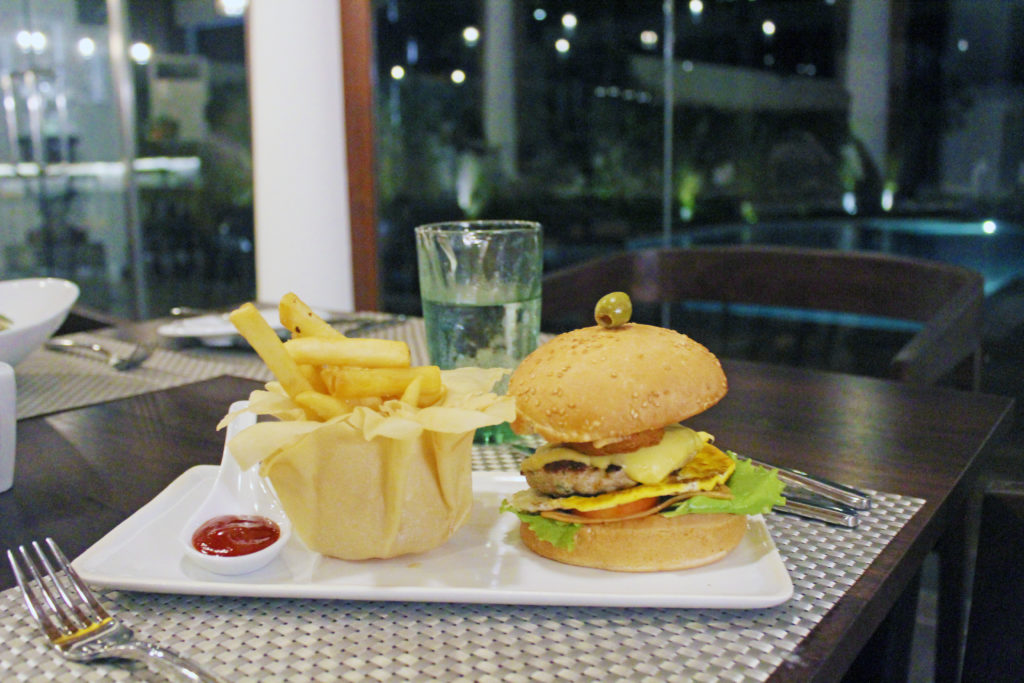
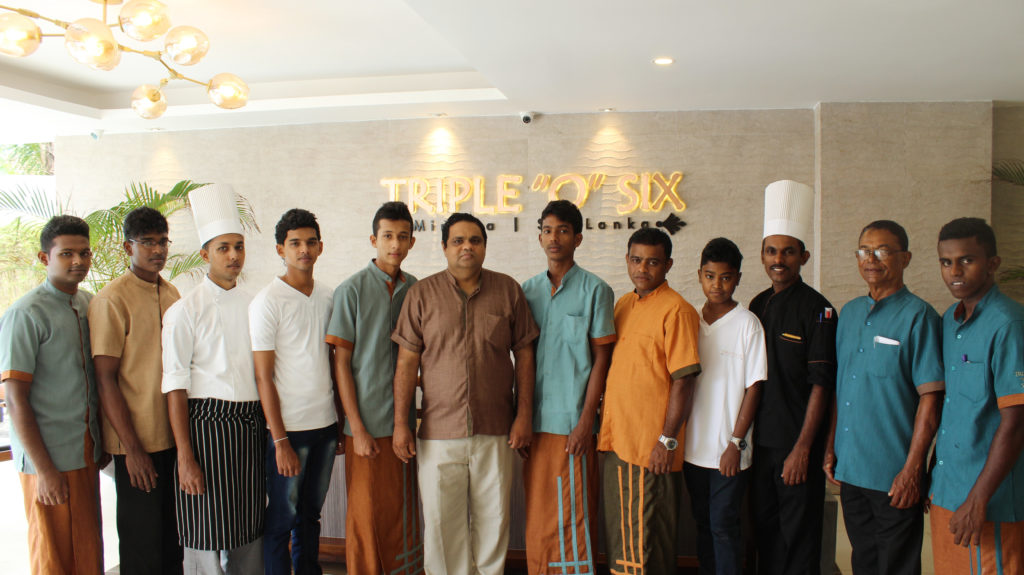 There are many places around the coast of Sri Lanka that just calls on travellers from around the world to relax and unwind. Triple O’ Six not just calls you once, but echoes in your memory wanting you to come back for more over and over again.
There are many places around the coast of Sri Lanka that just calls on travellers from around the world to relax and unwind. Triple O’ Six not just calls you once, but echoes in your memory wanting you to come back for more over and over again.

